Color Confidence Classes at The Penland School of Craft
“Color isn’t a ‘thing’. Since color is physiological and psychological, it’s important to challenge all the senses and how they influence each other.”
Guest Contributor, Alicia Keshishian, Chroma-licious, Board Member, Color Marketing Group
Nestled in the mountains of western North Carolina is a school and community devoted to helping “people live creative lives”. The Penland School of Craft is a place where creativity is the only focus while “on the mountain”. With 16 studios open 24/7, there’s a palpable buzz of activity when programs are in session. “There’s no place I’d rather be“.
Concentration on Color
I have a long history with the school and returned last April to teach a one-week concentration on color. It is exhilarating to work with glassblowers, painters, architects, etc., all interested in expanding their knowledge of color. Last year we had a paper artist, a book-arts artist, two textile artists, a few painters, a landscape designer, a molecular biologist, an accountant, as well as simply color-curious participants. We played with color all day long, breaking only for meals. Those meals were usually spent as a group discussing all aspects of color and how our daily lives are impacted by the myriad of hues. The conversation never stopped.
Communicating in Color
My mission is to expose students to the power of color as a communication tool. Working hand-in-hand with the romantic, creative side of color is the ability to navigate color. Often artists fear that technical knowledge will impede the creative process and too frequently they rely on their intuition. Then there’s a struggle to successfully present their intended story. In fact, a deeper understanding of how color functions can provide more control of color. Knowing that a finished project will align with the original vision instills color confidence. Intuition can only get you so far. Skills are necessary, in any medium, to communicate through art and finding a personal creative voice takes time.
We had these objectives in mind when we began the week:
What is color?
How does color function?
How to navigate colors.
How to understand basic color theory and how to integrate that information into each person’s work.
How to mix colors.
In the process of learning these aspects, color composition becomes part of the discussion
As the class began it became apparent that the participants didn’t know what to expect. They all wanted to learn about color but had no idea how to do it. I like to guide the journey of color revelation through hands-on experience.
Using a series of exercises, they began to see how the relationships between colors are paramount because color is never seen in isolation. They recognized which colors advance or recede, which colors create enough contrast… Developing a personal relationship with color enabled each participant to navigate the creative choices with greater ease. Each person can then “own” color and begin to integrate this knowledge into their work.
“Color, more than merely light, heightens my senses and sensibilities. Partially blind, I’m now seeing more clearly through color: foreground vs. background, light against dark, colors as they relate to each other and enliven my world.” — LG
There are no Rules
Some students wanted rules. While there might be some solid parameters in learning color, I fully encourage a way of thinking independent of rigid ‘do’s and don’ts’.
“Alicia’s mantra, “there are no rules” was a very helpful guideline.” – SS
The best way to learn color is to live it. Once they harness the language of color and discover how to mix paint, it’s a brand new game. Those complicated neutrals with subtle undertones? No longer elusive and mysterious. The exercise sheets they made will serve as tools for as long as they’re creating.
“…opened the door to understanding the underpinnings and language for color differences. I keep referring back to the chart and associated exercises.” — RD
After taking the Graydon Parrish workshop in Boston, I left with a very clear reminder that mixing paints, properly, takes T I M E. He mastered the art of paint mixing through a very tight Munsell-based system. Even with his extensive skills, he didn’t rush paint mixing. If you’re slow, patient, and methodical, the results will be predictable and on-target. I shared that little treasure with my students.
- A maze of paint studies
The fundamentals of color intelligence start with my favorite Munsell/Xrite HVC exercise. That simple exercise is a solid foundation for color knowledge. Harnessing the concepts of hue, value, and chroma takes the chaos out of the process and enables more time to be creative — and that’s what the students are striving for. It’s great fun to see the wheels start turning when a new methodology is uncovered.
“We all thought that it would be a breeze to work with the materials. Wrong! The subtleties of the color chips made me focus on where the chips needed to be placed.” — LH
- The little stack of color chips was already ripe with creative possibilities. Nobody wanted to split them to do the exercise.
Daily A-ha Moments
The daily a-ha moments were delightful. Every single participant made personal discoveries when they were exposed to the color exercises.
“I learn a nuanced perspective and a deeper layer to the science and psychology of my “intuitive” color choices. These color investigations help me to better understand the color decisions I make in my daily life as well as those that inform my creative studio practice.” — HCH
Most people come into the class wanting to know how to make “harmonious” color palettes — I told them once they understood hue, value, and chroma, along with color mixing, those questions would be addressed.
As we know, color perception is impacted by our age; lighting; by the object we’re observing. All of these elements need to be considered when approaching a project. One student desired “more intention” when establishing a color palette for her hand-blown glass collection. After examining the subtractive color wheels, she discovered all the color combinations that attracted her were split-compliments! So, she proceeded to establish her seasonal collections based on a well-thought-out examination.
- Study of traditional subtractive color wheel resulted in a robust collection of hand-blown glass.
Color isn’t a “Thing”
Since color is physiological and psychological, it’s important to challenge all the senses and how they influence each other. I love to play with sound and smell to see how all the senses might impact how we respond to color and the other senses evoke emotions.
A treasure hunt is strategically placed in the middle of the week to ensure that students take in the full experience of the Penland campus and studios. Walking with a new set of color-conscious eyes adds a new awareness of what/how colors surround us. The students are sent out in search of specific colors to discover if those colors appear more often as man-made or in nature. Perhaps a bead in the glass studio or a ceramic shard will offer up a little surprise.
“…about day three into the course she asked us to go find several items in nature and then match/mix the color from nature only using primary colors. And I could do it! It was amazing to me. Now I see color for what it’s composed of… I’m dissecting all the colors I see for their ingredients!” — CL
Organizing Color
As the week progressed and each student was gaining confidence with color they were provided with a random group of Munsell color chips. They were told to find a way to organize the colors. Not so easy when some were glossy, some matte. There were only a couple of yellows. But that randomness made it more challenging and fun, and there were no real rules imposed! That’s when individuality started to reveal itself. Some approached it methodically and some with creative abandon. You can see how that same assignment resulted in such diversity and that’s what thrills me!
As the fundamentals became second nature, the excitement was growing. At this time, each person was to take their newly found knowledge and apply it to a final project. It was time to consider:
How would they select their project?
What is the intention of the piece percolating in their imagination?
What medium would be used?
What was the intended outcome?
How would each student communicate their story?
The range of final projects completely astounded me.
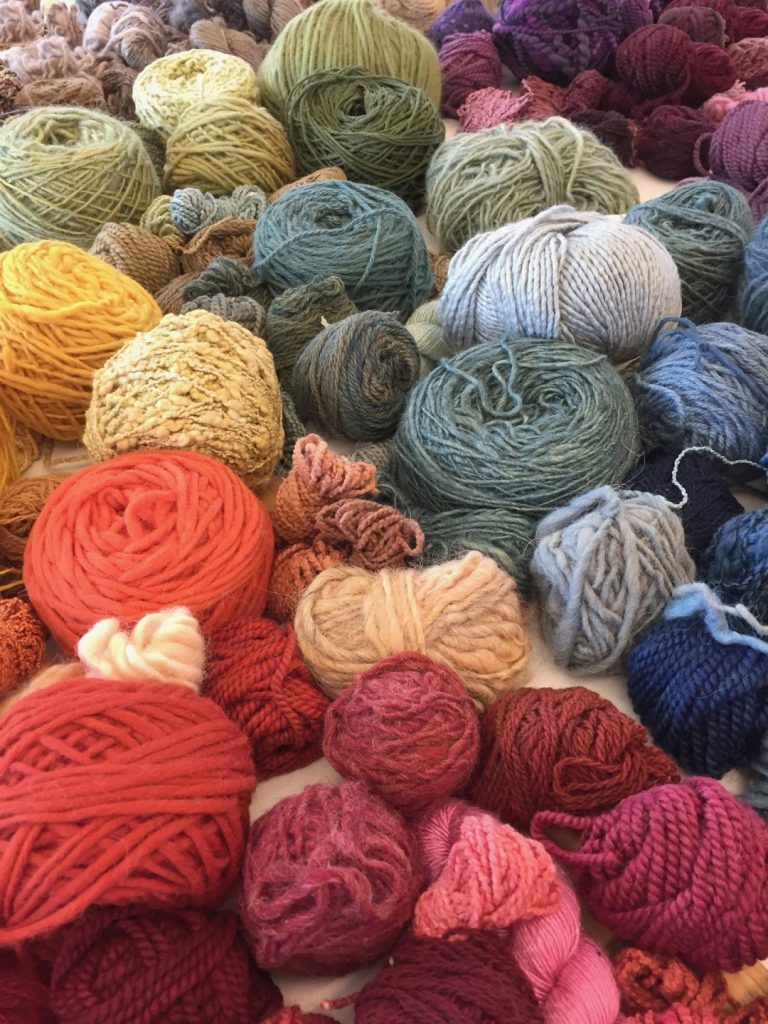
This student has taken the Penland color course three times and has amassed a group of naturally dyed yarns. She intends to create an ancient Inca QUI PU, of her own design.
- Endless Color. This is a mirror reflecting a color chip collage.
- Self awareness. Right brain and left brain and illustration join forces.
- A symbolic kumquat from a series of 15 panels.
- Windows on color.
Final Color Design Projects
One student’s final project was “Darkness into Light”. She attempted to mentally lay out the chromatic progression, but I suggested she create a road map using her Munsell chips — I could see the lightbulb flash. By seeing the progression of colors using the chips, she was able to visualize what was necessary for her paint mixing. Short of a complicated excel database, she could calculate the steps she needed to establish. She proceeded to create a beautiful visual piece that was also intellectually intriguing.
Teaching and Learning From Experience is Priceless
Studying or teaching at Penland is a gift. Spending a concentrated time immersed in a subject is a great way to learn. A group of people gathered together all focused on the same thing is powerful! I love to learn in that setting and love to teach that way. After years and years of designing everything from magazines to rugs, I find sharing my design and color experience completely rewarding. I think of that adage, “those that can’t ~> teach”. That has proven itself to be completely misguided.
About Alicia
Alicia Keshishian is an award-winning art director, graphic designer, illustrator, surface designer, and color consultant with over 40 years of professional experience. Alicia is currently a board member of the Color Marketing Group® leading the education program. Some of her recent color studies include color marketing with Leatrice Eiseman, two intensive Color Science courses at RIT, X-rite Fundamentals of Color Appearance, and the International Color Workshop with NCS Colour, Sweden. Alicia continues to increase her knowledge of color through various educational pursuits while continuing to make art in her Northern California studio. Currently, Alicia produces a line of custom, hand-made-to-order carpets and is a presenter on color and rug production.



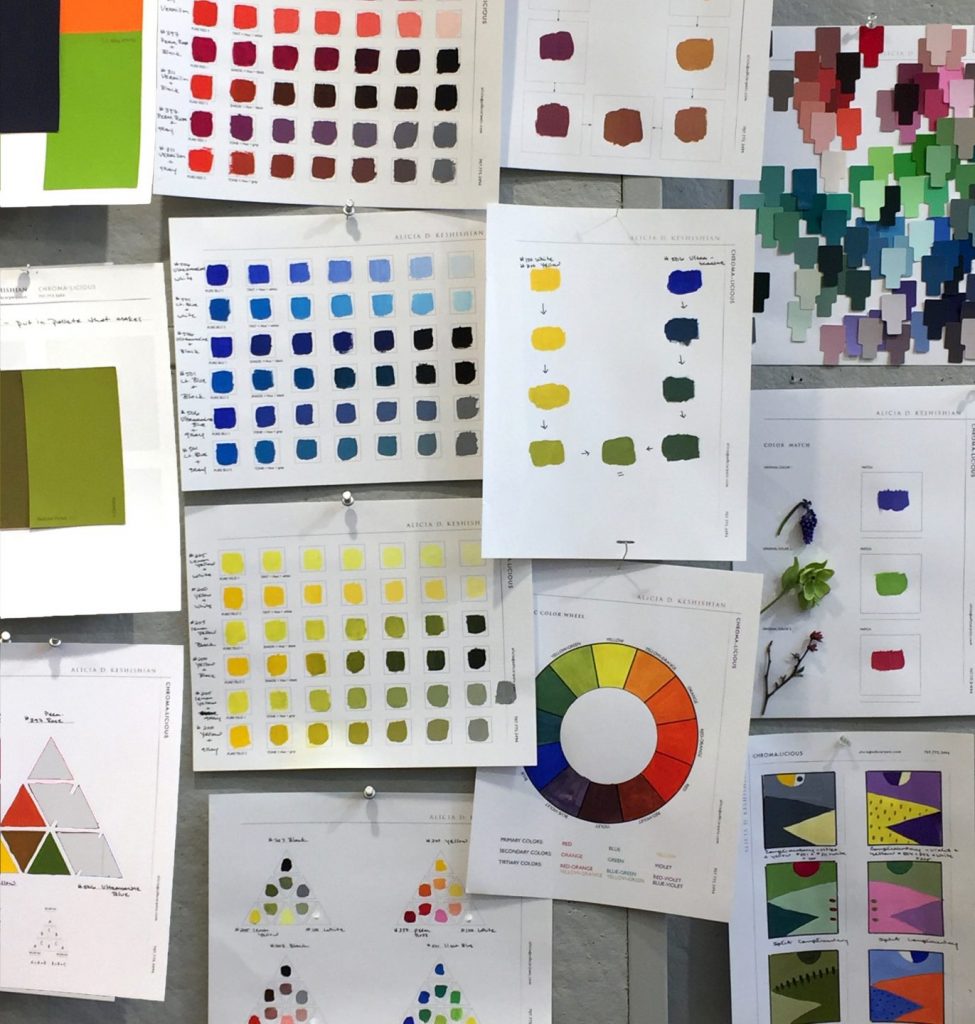
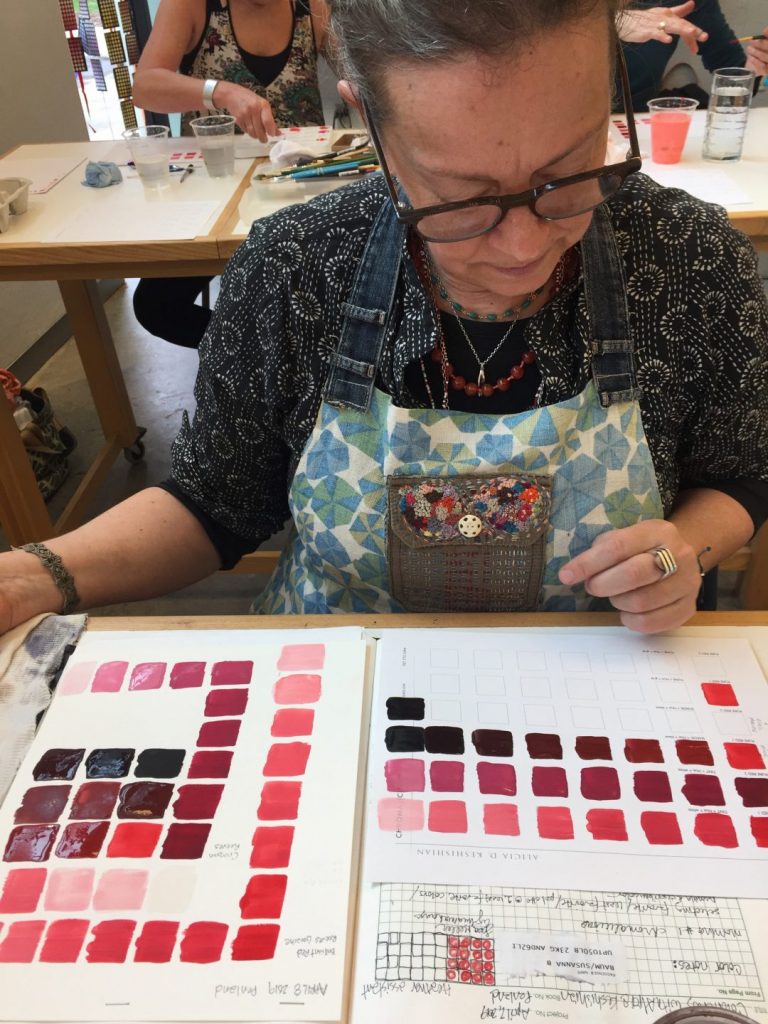
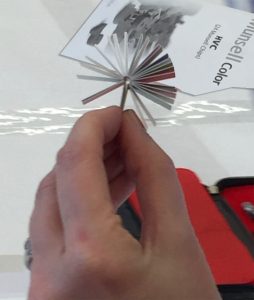
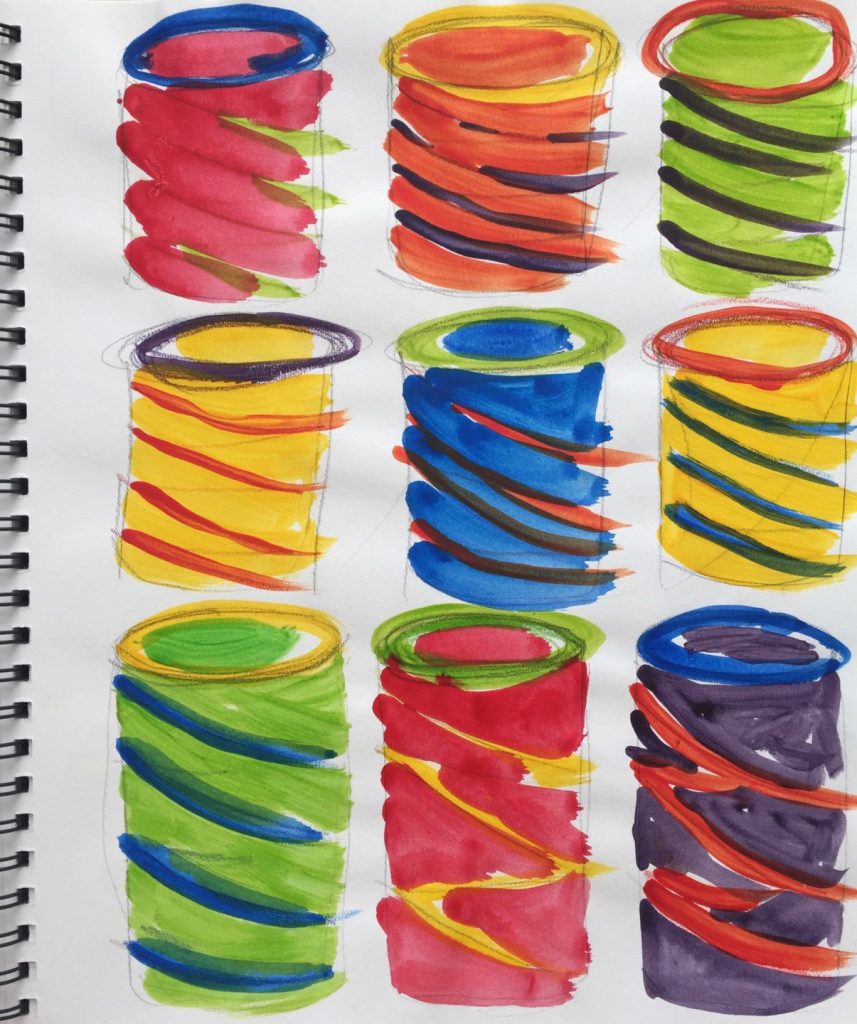

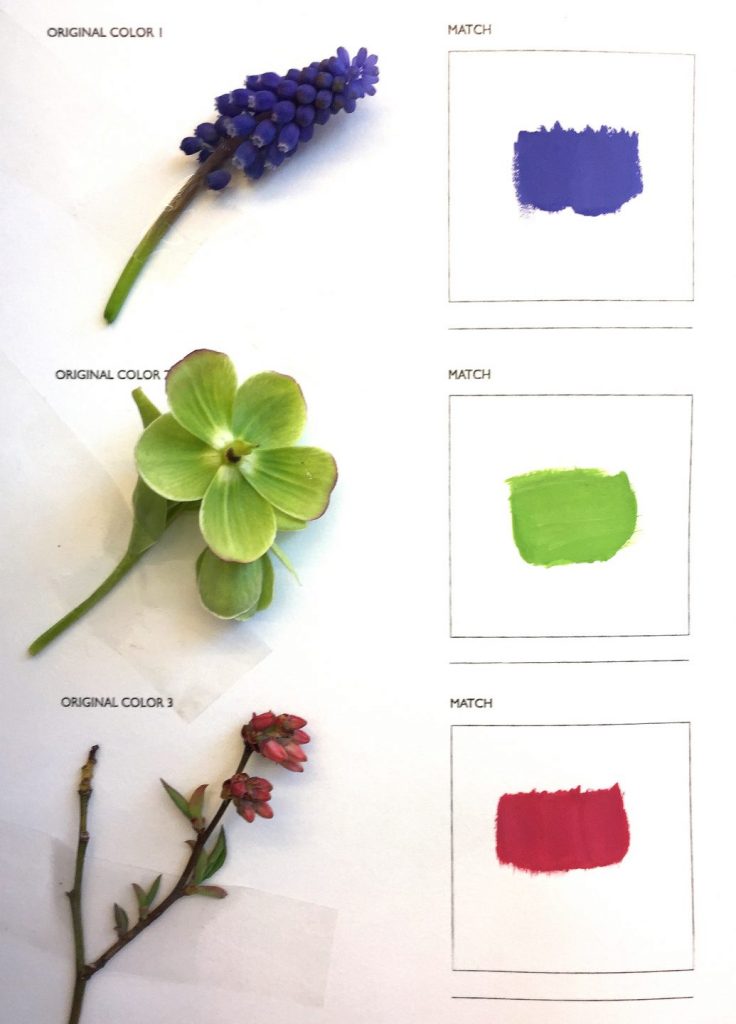




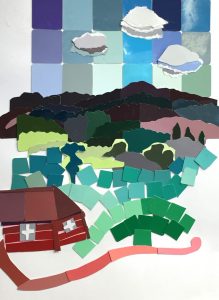
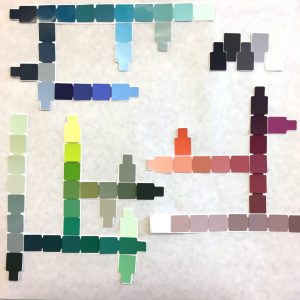
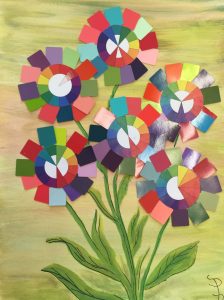
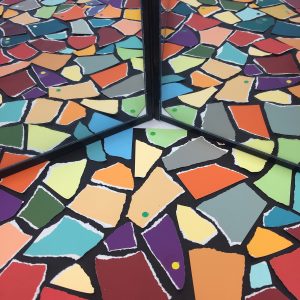
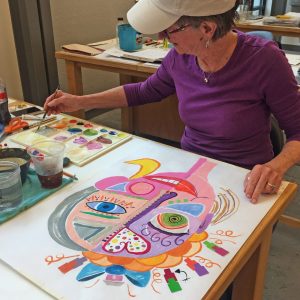
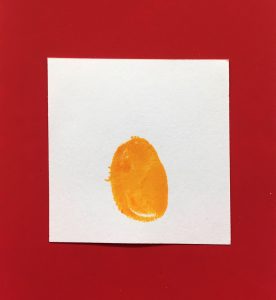
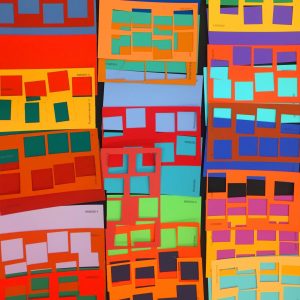

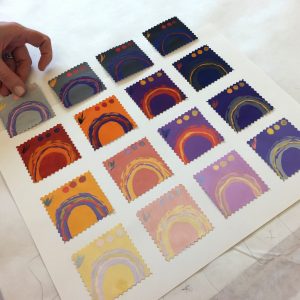
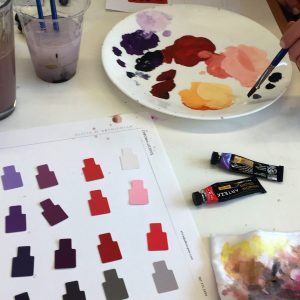
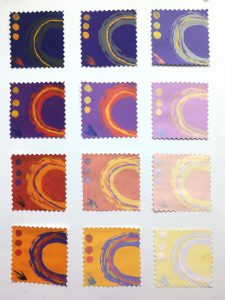




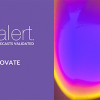



Wow ! This Chick is Fabulous !! Very colorful too!!
JUST LOVE HER TO PIECES !!! XOXOXOXO
I was privileged enough to participate in this week long class at Penland. What a gift it was across so many measures!
Alicia is an exceptional instructor and a delight! My fellow classmates were wonderful, fully engaged and so interesting. It was pure pleasure to share and learn in that studio all week!
Color and it’s ability to inspire and energize my studio practice has transformed me and my art. Alicia, you are my muse and class projects still motivate me, pinned to the bulletin board in my studio. Sending thanks and love to you and my classmates.
Fabulous article and a glimpse of one of the multi-talented members who make CMG the eclectic and knowledge-filled resource that it is. Thanks for doing what you do Alicia and sharing your experience. You teach in such an inspirational, giving and motivating way.
SOOOO intrigued! I’d love the opportunity to experience this journey first-hand and would be interested in taking this class when offered again. Any plans?